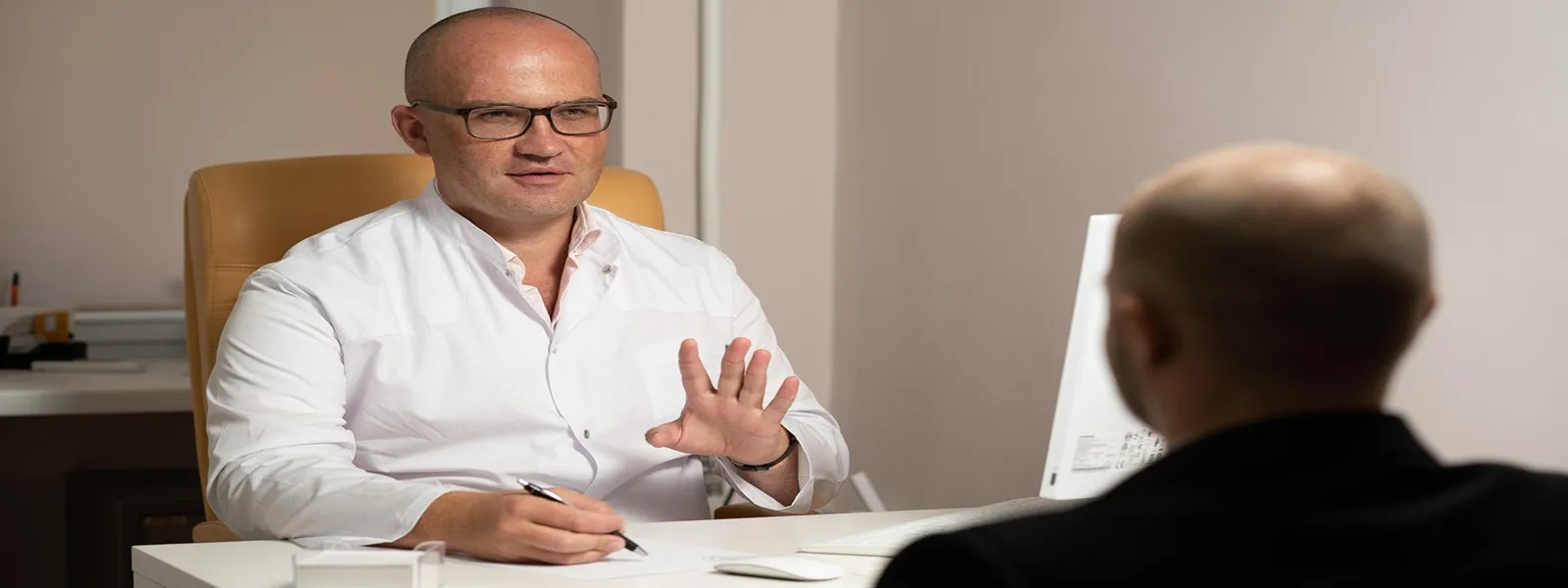If you work in or around general practice, you don’t need headlines to tell you things are strained. The reality on the ground is clear: GPs are stretched, teams are burning out, and the systems designed to support them aren’t keeping up.
Behind the data points and policy statements is a simple truth — the current model isn’t sustainable without serious shifts. As professionals working inside healthcare or supporting it, we all have a stake in what happens next.
Here’s what’s really going on inside UK GP practices right now — and why it matters.
Demand Is Up. Resources Aren’t.
Let’s start with the obvious: patient numbers are growing. At the same time, the number of GP practices is shrinking. That’s a dangerous combination.
More patients per practice means more strain on receptionists, clinical staff, and systems already running hot. The average patient-to-GP ratio in England has ballooned past 2,200, and that doesn’t even account for rising case complexity.
- Patients are living longer, with more long-term conditions, mental health needs, and social care gaps to manage. And guess where they all go first? Their GP.
- The Workforce Is Drained and Drifting
- Recruitment is tough. Retention might be worse.
GPs — especially early-career ones — are leaving NHS roles, going part-time, or seeking alternative careers. Morale is low. Admin workload is high. Burnout is endemic. Even locums are feeling the pinch, and that used to be the escape hatch.
Non-clinical teams aren’t faring better. Receptionists are often the front line for patient frustration, trying to juggle call volumes, appointment systems, and a growing mountain of admin tasks — often in outdated systems or short-staffed settings.
Premises and Infrastructure Are Holding Practices Back
Let’s talk buildings. Many practices are operating out of spaces that are simply no longer fit for purpose — cramped, old, inflexible. The NHS push toward multidisciplinary teams and additional roles (like PCN pharmacists or care coordinators) is colliding with a lack of physical space to house them.
Add in IT systems that don’t talk to each other, poor Wi-Fi in some areas, and aging equipment, and you’ve got a digital transformation agenda that’s being held back by real-world friction.
Digital Promises More Than It Currently Delivers
From online consultation tools to automated recalls, digital is meant to ease pressure. And in some practices, it does. But implementation is uneven. Training gaps, clunky interfaces, and overwhelmed teams mean “going digital” can often feel like “adding another job.”
That doesn’t mean it’s not worth doing — it means suppliers and system leaders need to focus more on fit-for-purpose, low-friction tools. And it means industry needs to build tech that works with existing workflows, not against them.
Access, Expectations, and the 8am Bottleneck
Let’s not ignore the elephant in the room: access.
Patients are frustrated. They want timely appointments — and they should get them. But the volume vs. capacity mismatch is real. Many GPs deliver 40+ consultations a day, often with no time to breathe between.
New rules to end the “8am call rush” with all-day online booking are a step forward in theory. But implementation is patchy, and if the demand outstrips availability, tech won’t fix the fundamental problem.
So, What Needs to Happen — and Where Do We Fit In?
Whether you’re inside the NHS or supplying it, the message is clear: GP practices need real support. Not just funding uplifts or policy tweaks — but hands-on, practical help to get through the daily grind and future-proof how they operate.
That could mean:
- Smarter, easier-to-use digital tools
- Better training and onboarding for staff
- More interoperable systems
- Flexible, scalable infrastructure solutions
- Equipment and services that respect how practices actually work
Industry suppliers have a critical role to play — not as vendors, but as partners. It’s not enough to sell products into primary care. The ones making a difference are those solving real problems, listening to real feedback, and sticking around to support after go-live.
Final Word: Don’t Underestimate the GP Practice
GPs and their teams are still showing up — still delivering 28+ million consultations a month in England alone. But it’s getting harder. The question is: do we, as a wider healthcare ecosystem, step in to help carry the weight — or just keep asking them to do more with less?


